By Rabbi Yair Hoffman for 5tjt.com
It is one of the most widely used, yet controversial, methods of reheating food on a blech for the Shabbos day meal. Across the country, this method is used to reheat fully cooked food every Shabbos. And there is a debate between contemporary Poskim as to whether it is permitted. The method involves taking food out of the fridge and placing it on top of an upside-down 9 by 13 pan that is on the blech.
The Shulchan Aruch (OC 253:5) discusses the permissibility of putting fully-cooked food on top of another pot on Shabbos – the reason being is lefi sh’ain derech bishul b’kach – because it is not the normal manner of cooking. Food, even if it is dry and fully cooked, cannot be placed on a blech itself on Shabbos if it can reach a heat of Yad Soledes Bo. This is not because of the prohibition of cooking on Shabbos, but because of another prohibition called Mechzi k’mevashel – it appears like cooking.
WHAT KIND OF POT?
But what kind of pot are we discussing? Does it have to be a pot with food in it? Or can it simply be an empty 9 by 13 pan that is put upside down on top of the blech? This very question is mired in controversy. Some Poskim, including Rav Elyashiv zt”l (cited in Rabbi Yitzchok Rubin’s Orchos Shabbos Vol. I p. 100)and Rav Binyomin Zilber zt”l (1917-2008), hold that it cannot be an empty 9 by 13 upside down pan, but rather a pot with food in it that is already on the blech. asks Other Poskim, including Rav Shlomo Zalman Auerbach zt”l (cited in Shmiras Shabbos K’hilchasa, tikunim Chapter One note 112) and Rav Shmuel Vosner zt”l (1913-2015) in his Shaivet HaLevi (Vol. I #91 “M’achar”), disagree and rule that it is entirely permitted. Rav Zilber in his Az Nidberu (Vol. III #14 “v’halom Ra’isi) cites Rav Vosner and questions how two forms of covering a flame can make it equivalent to a full pot.
THE SOURCE OF THE CONTROVERSY
There is an apparent contradiction in the words of the Shulchan Aruch between what he writes in Sif Gimel and what he writes in Sif Hay. Here is the scene in Sif Gimel:
You wake up Shabbos morning and see that the food in your pot is burning. You are worried that it will burn even further. If you fulfill the five conditions of Chazarah, you are permitted to remove the burning pot and place an empty vessel on top of the Kirah, and then place the burning pot on top of the empty pot. You must ensure that you do not put the pot on the ground and that the pot is still boiling.
We see clearly that placing the pot containing the food [which will eventually be placed upon that empty pot] on the ground is NOT PERMITTED. The only way that it would be permitted to place it on the empty pot – is if the 5 conditions of Chazarah are met.
In Sif Hay, the Mechaber rules that one may place food that is cool but has been already fully cooked by Friday on top of a pot that is on the covered fire, such as bread, because this is not the manner of normal cooking.
We see from Sif Hay that one may place food on top of a pot without a need to fulfill the five conditions of Chazarah. How do we resolve the apparent contradiction?
THE BIUR HALACHA’S RESOLUTIONS
The Chofetz Chaim in his Biur Halacha(“V’yezihairshelo yasim” in Sif Gimel) quotes two resolutions – that of Rav Yechezkel Landau (1713-1793) in his Dagul Mervavah and that of Rav Yoseph Teomim (1727-1792) in his Pri Magadim (Aishel Avrohom 253:33). The Dagul Mervavah holds that the Shulchan Aruch is adopting the position of the RaN who limits the leniency found in Sif Hay to bread, because bread is not generally baked on top of a stovetop. However, the Chofetz Chaim points out that both the Magain Avrohom and the Vilna Gaon hold that the Mechaber rejects the view of the RaN and thus finds the Dagul Mervavah’s resolution somewhat dochaik (unindicated in the text).
The Chofetz Chaim advocates strongly for the resolution of the Pri Magadim. He writes that Sif Hay deals with placing it on top of a pot and it is not at all considered like it is on top of a covered flame (equivalent to ketumah) or an oven with the fuel removed (grufah). Sif Gimel, on the other hand, refers to a case where the empty pot is merely serving as a means of reducing the heat and it is still considered on top of on oven with a covered flame (equivalent to ketumah) or an oven with the fuel removed (grufah).
EXPLAINING THE PRI MAGADIM
There is a debate as to how to understand the Pri Magadim between the Chazon Ish (OC 37:11) and other Poskim. The Chazon Ish is of the opinion that the distinction between the two cases revolves around which heat is heating the upper pot. If the lower pot is empty, then it is the heat of the oven that is actually heating the upper pot and it is no different than a standard oven whose fire has been dampened or its fuel has been removed (and it is forbidden to place a pot on it). If the lower pot is filled with food, then it is the heat of the food that is heating the upper pot and that is not a normal way of cooking. Thus, according to the Chazon Ish – an upside down pot would be ineffective according to the Pri Magadim.
Rav Shlomo Zalman Auerbach is of the opinion that it would be effective according to the Pri Magadim. When asked by the author of the Me’or HaShabbos (see Vol. II p.557), Rav Shlomo Zalman answered that the Chazon Ish did not hold that the blech is considered like Ketumah (an oven with reduced heat).
CONCLUSION
It is this author’s opinion that most Poskim permit using the empty upside-down ubiquitous 9 by 13 pan to heat up cold food, notwithstanding that Rabbi Yitzchok Rubin shlita disagrees the heter to do so.
While we are on the subject, this author would like to recommend [email protected], (053-319-6164) for anyone that wishes to send food to a child in Eretz Yisroel . The owner grew up in this author’s house and is a fantastic chef.
The author can be reached at [email protected]

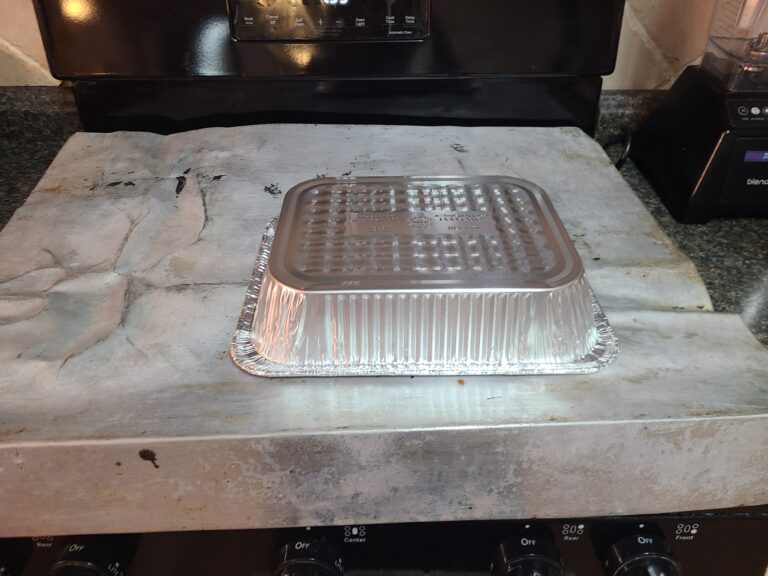
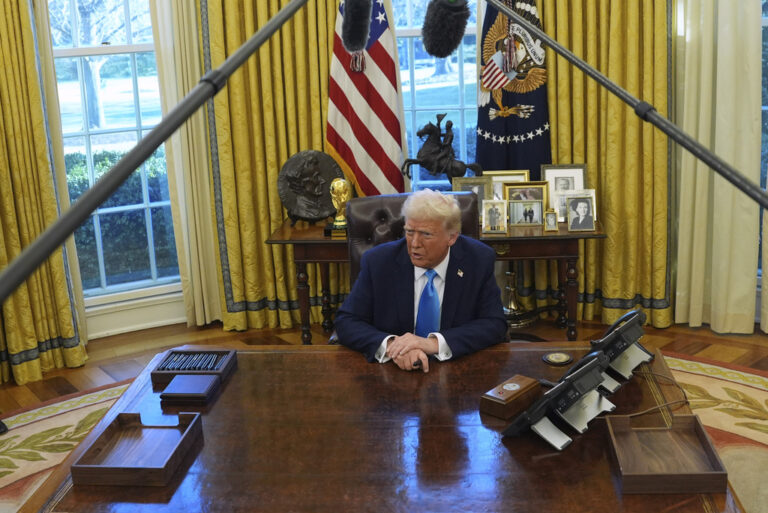
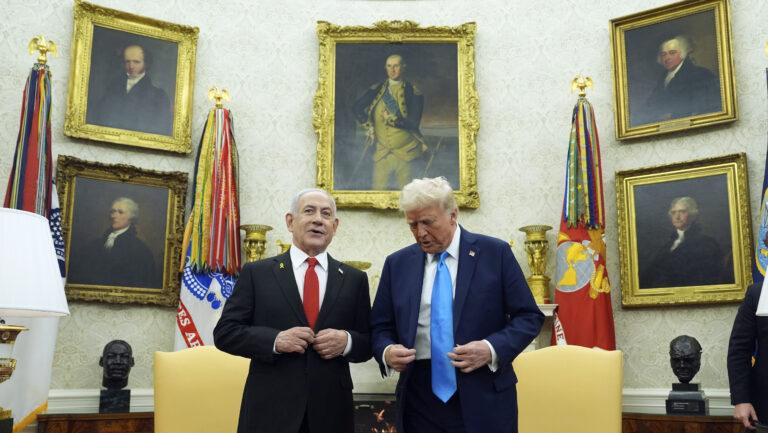
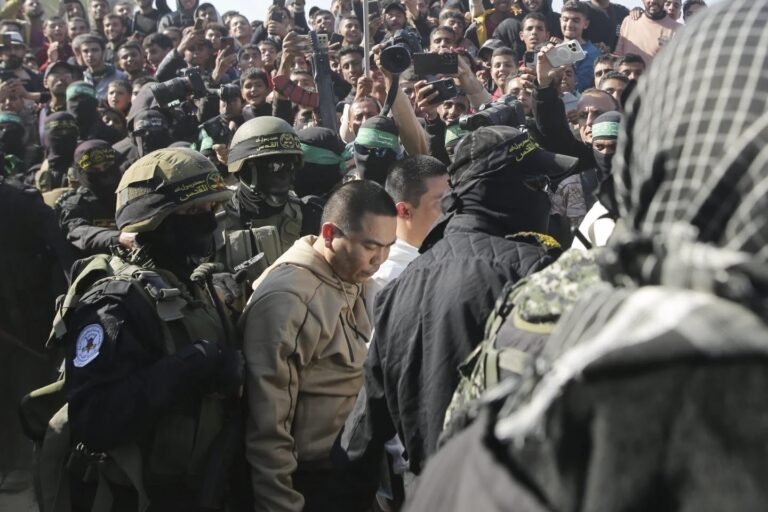
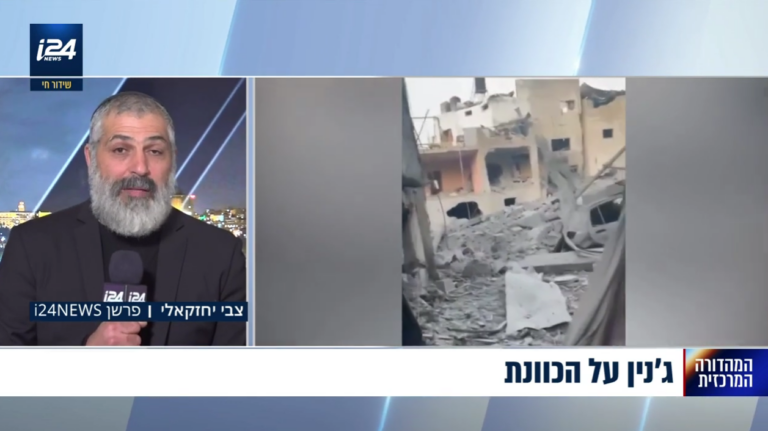





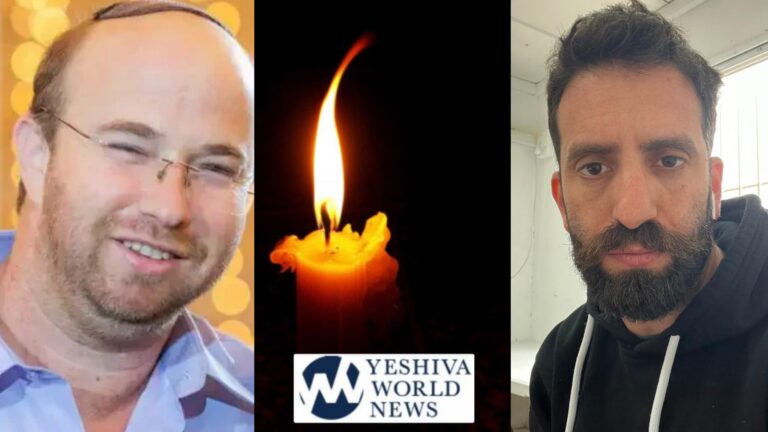
2 Responses
What about other sizes? What’s so special about 9×13? I don’t have any pans that size.
The most common commercial catering foil disposable pan used to refrigerate and warmup food for simchas is 9×13. Lots of small heimeshe markets sell pans of that size because they are so readily available and those selling prepared food for shabbosim and yom-tovim use that 9×13 size for their sales and some people tend to wash them out and reuse them.
As a practical matter, ANY pan of roughly that size could be used. Anything smaller wouldn’t really hold much food and anything bigger could extend over the blech and not be effective.